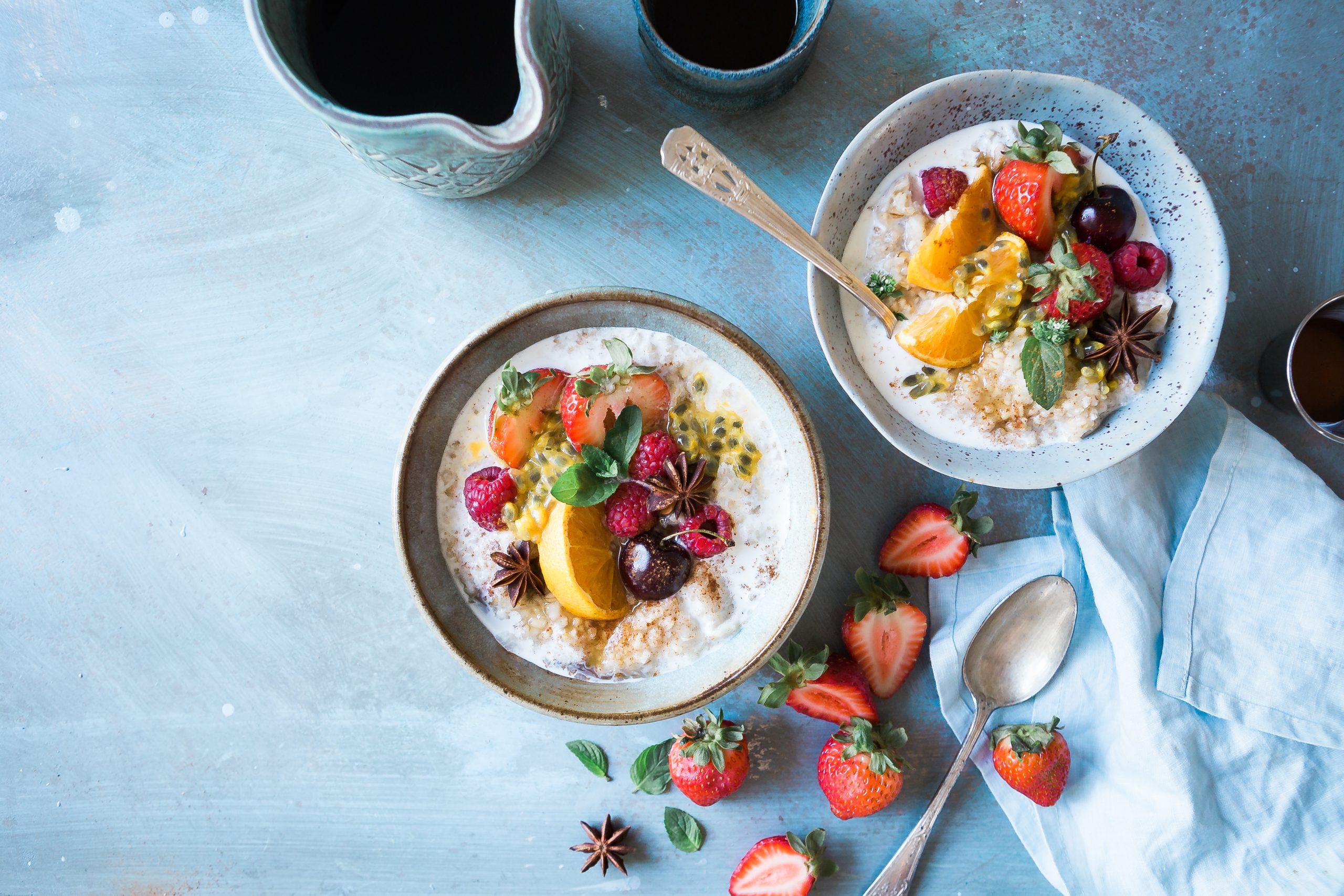Natasha Smit
The COVID-19 pandemic has left the whole world in shock. South Africa is going through a 21-day Lockdown period. For some (especially introverts) this is no punishment because you don’t have to think of excuses to stay at home all the time, but for others, this is a very emotional and stressful time because of all the uncertainty. Unfortunately with all the stress, boredom and emotions running high, most South-Africans revert to comfort food & unhealthy snacks. Here are a few guidelines to assist with making sure your work clothes fit by the time we need to go back to the office and exchange our tracksuits for work suits.
Focus on small, frequent meals
If you only eat two or three big meals, you will definitely feel like snacking in between and then most likely opt for less nutritious options. Try to stick to your three meals a day (which includes breakfast, lunch, and dinner) and two snacks (a morning and afternoon snack)
Limit sugar and calorie-loaded snacks
When you consume snacks filled with sugar and calories, it automatically causes a spike in blood glucose and insulin levels. This will lead to fatigue, less productivity, increased appetite, more snacking and sugar cravings.
Keep the serving size in mind
Lockdown are a time of uncertainty and a lot of you might be stressing about your work, circumstances, finances, kids at home or even family members. This is quite a challenge, especially for emotional eaters. As we all have limited options the amount you are consuming is more manageable at this stage than the type of item.
For example, if you are having
- Muffins or scones, limit your serving to one small muffin;
- Crisps, limit yourself to a small packet or only one handful;
- Chocolate, limit yourself to a small chocolate or only a couple of blocks;
- Homemade pizza, only have one slice and add a salad;
- Pasta, limit your pasta serving and add more veggies and protein; and
- Supper, limit yourself to one starch and not rice and potato.
Plan snacks and meals in advance
Don’t wait until you are hungry to start cooking a meal. This will only cause you to go for an easy, convenient and less nutritious option. If you are starving, you will most probably end up having a bigger portion than you should which causes a spike in blood glucose and insulin levels and leave you feeling stuffed
Work with what you have at home
We don’t necessarily have to buy those crazy healthy ingredients you’ve never heard of to prepare a healthy snack. Work with the food in your fridge and follow these basic steps
- Focus on vegetables (such as tomato, cucumber, lettuce, onion, celery, mushroom & bell peppers) and protein (tuna, sardines, cold meat, chicken, lean mince, beef strips)
- Limit fat intake and opt for healthy fat such as avocado, unsalted nuts, seeds, light salad dressings, light mayonnaise, unheated oil and keep cheese slices to a minimum.
- Avoid sugary food (chocolate, crisps, pretzels, pastries, biscuits, and rusks)
- Limit carbohydrates. Even though carbs are not the enemy and have a long list of health benefits, we need to consider the number of carbs we are consuming.
Be cautious with your beverages
How many cups of coffee, juice or soda are you having during the day? Although your body needs fluid to keep you hydrated, you might not realise how many additional calories you are adding. Try to stick to water and limit added sugar in coffee and tea.




















